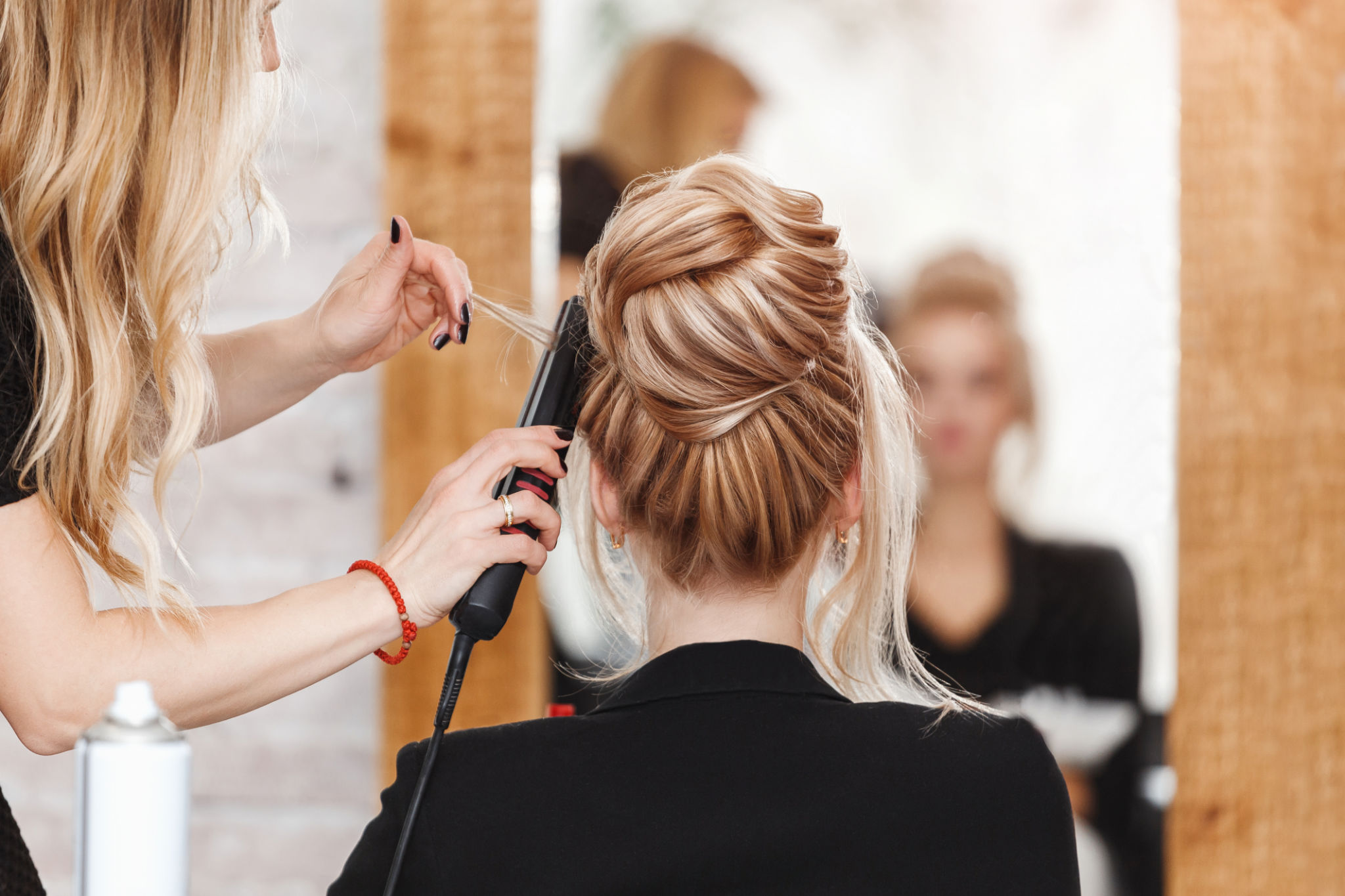Top 5 Myths About Haircuts for Children with Autism
Understanding the Concerns
Haircuts can be a challenging experience for children with autism due to sensory sensitivities and unfamiliar environments. Misunderstandings about these unique needs can lead to common myths that may hinder the haircut experience. Let’s debunk these myths to ensure a smoother and more accommodating process.

Myth 1: All Children with Autism Hate Haircuts
One prevalent myth is that all children with autism inherently dislike haircuts. In reality, reactions can vary greatly among children. Some may find the experience distressing due to sensory overload, while others may tolerate or even enjoy it. It's crucial to approach each child as an individual, understanding their specific triggers and preferences.
Personalization Is Key
An effective strategy is to personalize the haircut experience. This might involve scheduling appointments during quieter times, allowing the child to bring a favorite toy for comfort, or using specific tools that minimize sensory discomfort. Flexibility and understanding can make a significant difference.
Myth 2: Hairdressers Can't Handle Children with Autism
Another misconception is that hairdressers lack the skills to work with autistic children. While not all hairdressers may have specialized training, many are willing to learn and adapt to meet the needs of their clients. Communication between parents and hairdressers is essential in creating a supportive environment.

Training and Patience Matter
Some salons offer specialized training for stylists in handling children with sensory challenges. These programs equip hairdressers with techniques to provide a calm and comfortable haircut experience. Patience and a willingness to adapt are key traits in making the process successful.
Myth 3: Sensory Issues Can't Be Managed
It's often believed that sensory issues associated with autism cannot be managed during haircuts. However, there are several strategies to alleviate discomfort. Techniques such as using quiet clippers, applying firm but gentle pressure when cutting, and allowing breaks can help manage sensory sensitivities.
Creating a Calming Atmosphere
Creating a calming atmosphere is vital. This might include dimming lights or playing soft music. Additionally, explaining each step of the process can help children feel more secure and less anxious about what comes next.

Myth 4: Children with Autism Should Avoid Haircuts
Some believe that avoiding haircuts altogether is the best solution for children with autism. While skipping haircuts may seem like an easy fix, it can lead to other challenges such as hygiene issues or discomfort from overgrown hair.
Regular Haircuts Can Be Beneficial
With proper support and strategies in place, regular haircuts can become a positive routine. They offer an opportunity for children to gradually acclimate to the experience, potentially reducing anxiety over time.
Myth 5: Parents Are Powerless During Haircuts
Finally, some assume that parents have little control over the haircut process for their autistic children. On the contrary, parents play a crucial role in preparing their child for a haircut by discussing the process beforehand and practicing at home with pretend play.
Collaboration Leads to Success
By collaborating with hairdressers and sharing insights about their child's preferences and needs, parents can help ensure a positive experience. Establishing a trusting relationship between parent, child, and stylist is key to overcoming challenges associated with haircuts for children with autism.
Understanding and addressing these myths can pave the way for more pleasant and stress-free haircut experiences. With patience, preparation, and open communication, both parents and hairdressers can contribute to making haircuts a manageable part of life for children with autism.